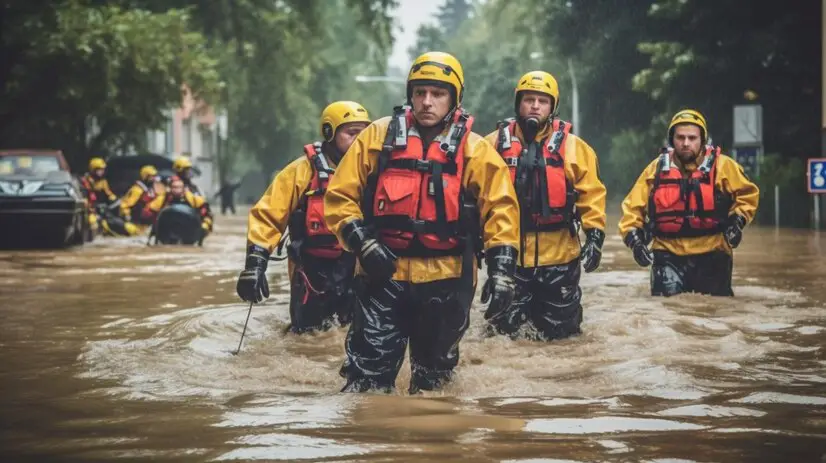Disaster Preparedness on Building Resilience in the Face of Uncertainty


In a world marked by natural calamities, technological hazards, and unforeseen crises, disaster preparedness stands as a beacon of resilience, offering a lifeline in times of uncertainty. Whether it’s earthquakes, hurricanes, pandemics, or industrial accidents, the ability to anticipate, plan for, and respond to emergencies can mean the difference between chaos and order, life and death. As communities around the globe confront an ever-expanding array of threats, the imperative to prioritize disaster preparedness has never been clearer.

Disaster Preparedness on Building Resilience in the Face of Uncertainty
Understanding the Imperative
The imperative for disaster preparedness is rooted in the recognition that emergencies can strike at any moment, often with little warning. From the devastation wrought by natural disasters to the disruption caused by human-made crises, the consequences of being unprepared can be catastrophic. By investing in proactive measures, communities can mitigate risks, minimize vulnerabilities, and enhance their capacity to withstand and recover from adversity.


Risk Assessment and Planning
Central to effective disaster preparedness is a thorough understanding of the risks and vulnerabilities inherent to a particular region or community. Through comprehensive risk assessments, stakeholders can identify potential hazards, assess their potential impact, and prioritize mitigation efforts accordingly. This information forms the basis for developing robust disaster preparedness plans tailored to the unique needs and circumstances of each community.

Community Engagement and Education

Disaster preparedness is a collective endeavor that requires the active participation of all members of society. Community engagement and education initiatives play a crucial role in raising awareness, fostering resilience, and empowering individuals to take proactive measures to protect themselves and their loved ones. By providing accessible information, resources, and training opportunities, communities can build a culture of preparedness that permeates every level of society.
Infrastructure and Resilience
Investments in resilient infrastructure are fundamental to disaster preparedness efforts. From reinforced buildings and flood barriers to redundant communication systems and emergency shelters, resilient infrastructure forms the backbone of effective disaster response and recovery. By incorporating principles of sustainability, adaptability, and redundancy into infrastructure projects, communities can enhance their ability to withstand and recover from disasters while minimizing their environmental footprint.
Early Warning Systems and Technology
Advancements in technology have revolutionized the field of disaster preparedness, providing new tools and capabilities for early detection, monitoring, and response. From sophisticated meteorological forecasting models to real-time surveillance systems and mobile applications, technology offers invaluable resources for anticipating and mitigating the impact of disasters. Early warning systems, in particular, play a critical role in alerting communities to imminent threats, providing precious time for evacuation and preparation.
Collaboration and Coordination
Effective disaster preparedness relies on seamless collaboration and coordination among various stakeholders, including government agencies, emergency responders, non-profit organizations, and the private sector. By fostering partnerships, sharing resources, and aligning efforts, communities can leverage collective expertise and maximize the efficiency and effectiveness of their preparedness activities. Regular exercises, drills, and joint training initiatives enhance interoperability and ensure a coordinated response when disaster strikes.
Conclusion
Disaster preparedness is not a luxury but a necessity in an increasingly complex and interconnected world. By investing in proactive measures, communities can build resilience, safeguard lives, and minimize the impact of emergencies on their social, economic, and environmental fabric. As we confront the myriad challenges of the 21st century, let us remain steadfast in our commitment to disaster preparedness, ensuring that we are ready to face whatever challenges the future may hold.







